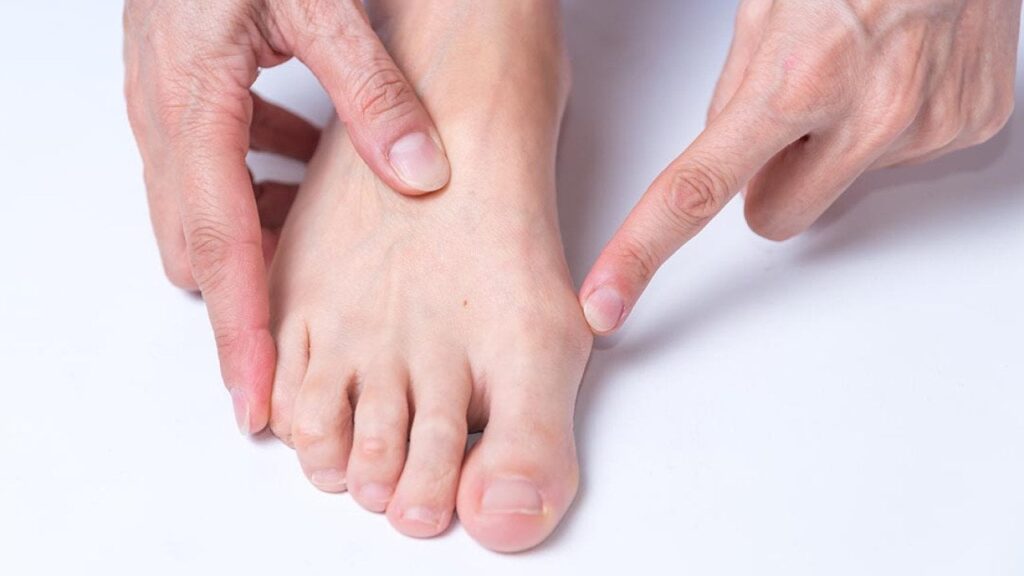
Bunions affect a significant portion of the population, particularly those aged 65 and older. Approximately one in three individuals in this age group experiences bunions, characterized by a painful, swollen bump at the base of the big toe. This condition can hinder mobility and make wearing shoes uncomfortable. According to experts at Northwell Health, immediate attention to bunions is essential, as they can worsen over time and lead to more serious complications such as arthritis and hammertoes.
Understanding the nature of bunions can help individuals manage this condition effectively. Here are six key insights shared by foot specialists.
What Causes Bunions?
Bunions are the result of structural changes in the foot, particularly affecting the MTP joint, where the big toe meets the foot. Prolonged pressure on this joint can cause the big toe to shift inward, resulting in a protruding bump. This deformity can also occur on the little toe, leading to a condition known as a bunionette.
Genetics play a role, with an estimated 70% of individuals with bunions having a family history of the condition. Specific foot shapes and bone structures may predispose individuals to developing bunions. Footwear choices, especially shoes with narrow toe boxes or elevated heels, can exacerbate the problem. The prevalence of bunions among women may also be linked to higher estrogen levels, which can relax connective tissues and contribute to instability in toe joints.
Symptoms and Treatment Options
Bunions can cause significant discomfort, including swelling, pain, and stiffness, making it difficult to engage in daily activities. For some individuals, the pain can become severe enough to impede walking.
Fortunately, not all bunions necessitate surgical intervention. For those experiencing mild discomfort, various nonsurgical treatment options may provide relief. These include:
– Opting for shoes with a wide toe box or open design.
– Using toe spacers to alleviate crowding.
– Applying bunion pads or cushions to reduce pressure.
– Utilizing orthotics for added support.
– Wearing a bunion splint at night to maintain proper alignment.
– Taking over-the-counter anti-inflammatory medications to manage pain.
– Consulting a doctor about steroid injections to alleviate inflammation.
If these measures prove insufficient and foot pain significantly affects daily life, a surgical procedure known as bunionectomy may be considered. This surgery realigns the bones, ligaments, and tendons in the toe joint, aiming to restore function and alleviate pain.
Minimally Invasive Surgery and Recovery
Minimally invasive bunion surgery is increasingly being adopted by orthopedic surgeons. This technique involves small incisions and specialized instruments, resulting in less post-operative pain and faster recovery times. Typically, the procedure lasts between 30 minutes to an hour, with many patients able to return home the same day.
Recovery times vary based on the surgical approach and individual patient factors. Some patients may begin partial weight-bearing exercises within two weeks, while others may require up to three months of limited activity wearing protective footwear. Full recovery and return to regular activities can take between four to six months.
It is important to note that bunions can recur if the surgery does not adequately realign the bones or if post-operative care instructions are not followed. Additionally, it is possible to develop bunions on the opposite foot or on other toes.
Individuals experiencing symptoms of bunions are advised to consult a qualified foot specialist, such as orthopedic surgeon Adam Bitterman, DO, who can provide tailored treatment options based on specific needs. Early intervention can lead to better outcomes and improved quality of life for those affected by this common foot condition.






